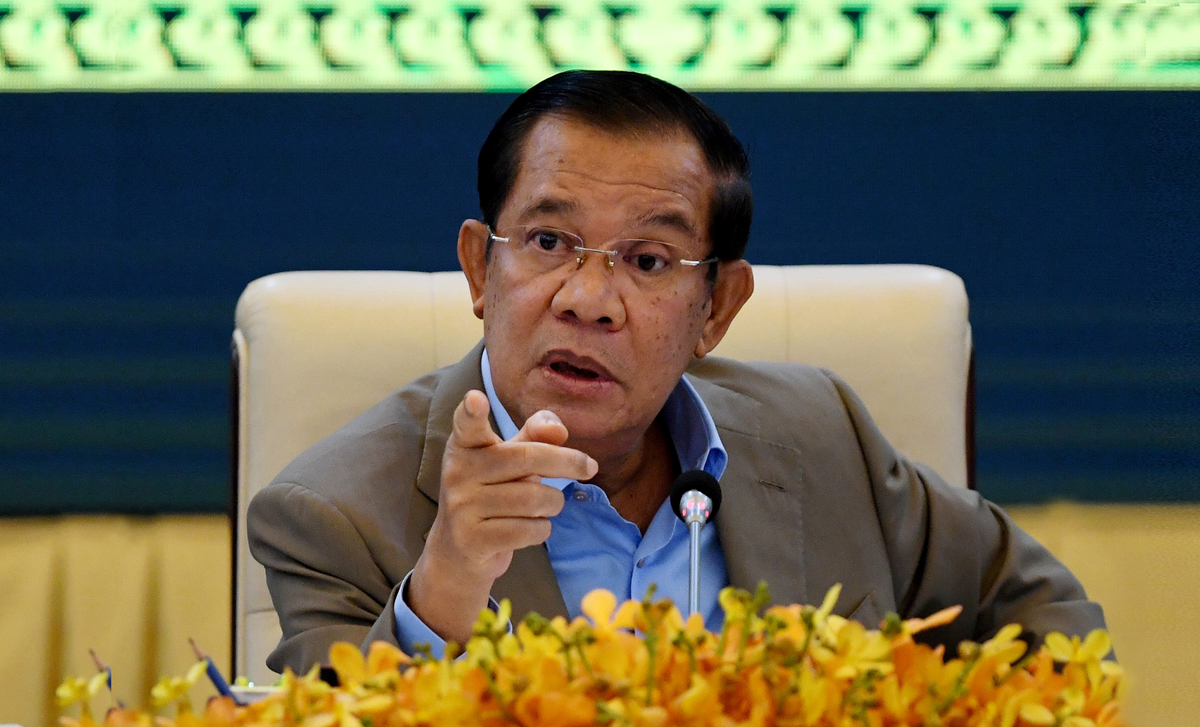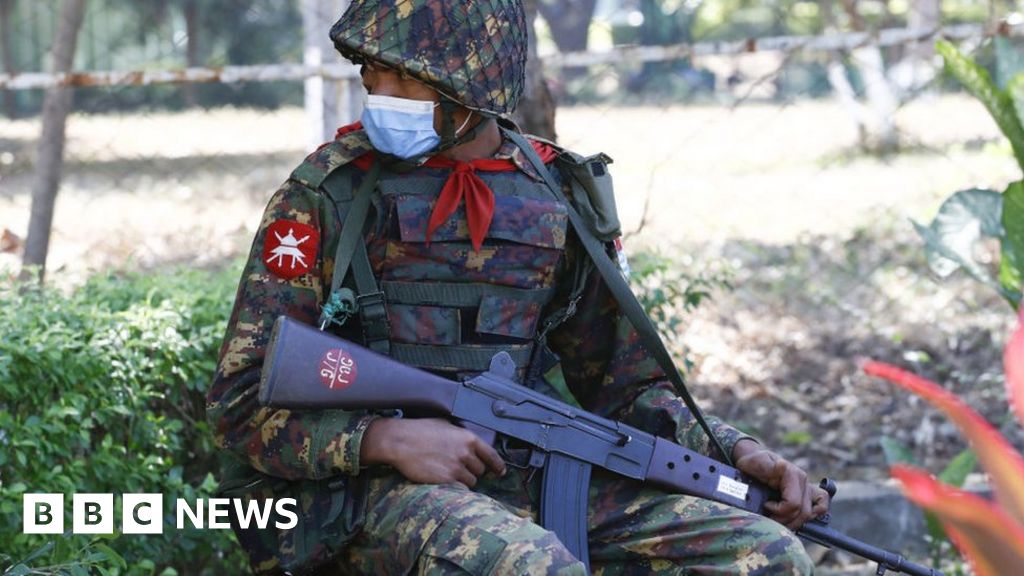Cable: 07SINGAPORE1932_a (wikileaks.org)
Lee Kuan Yew's private comments (2007) on Burma rings true even today. Singapore was one of the earliest to reach out Burma with significant investments, even going as far as to open a supermarket (Fairprice) back in 95 in Yangon... Despite all of that, he came to the conclusions that the generals were "dense" and "stupid". He said that Burma's ambassador in Singapore had told MFA that Burma could "survive any sanctions" due to its natural resources. Lee said dealing with the regime was like "talking to dead people." Sounds a lot like today.
The insular and militant identity of the Tatmadaw, in my opinion is shaped by their independence history and the key role of BIA as well as decades of counter insurgency wars starting with the KMT hangovers post Chinese civil war and with the various armed ethnic groups. They see their role as essential to the continued existence of the country as well as Bamar identify.
The India Army retains 64 cantonments (Cantonments | Directorate General Defence Estates) but we don't see IA in the same light as the Tatmadaw.
Lee Kuan Yew's private comments (2007) on Burma rings true even today. Singapore was one of the earliest to reach out Burma with significant investments, even going as far as to open a supermarket (Fairprice) back in 95 in Yangon... Despite all of that, he came to the conclusions that the generals were "dense" and "stupid". He said that Burma's ambassador in Singapore had told MFA that Burma could "survive any sanctions" due to its natural resources. Lee said dealing with the regime was like "talking to dead people." Sounds a lot like today.
The insular and militant identity of the Tatmadaw, in my opinion is shaped by their independence history and the key role of BIA as well as decades of counter insurgency wars starting with the KMT hangovers post Chinese civil war and with the various armed ethnic groups. They see their role as essential to the continued existence of the country as well as Bamar identify.
It is a british colonial hangover. The stratetgy is described succinently in this summary (The Cantonments of Northern India: Colonialism and the Counter Urban, 1765–1889). Unfortunately, the full article is embargoed but the key points around enabling the army to disengage with local populations, co-inhabiting territory while maintaining discreet distances is exactly how it works. That they have taken it further to create a parallel social structure is remarkable.If what I've read is correct the Tatmadaw has turned into a caste which keeps itself apart from most of the population. Officers, in particular, marry into other military families. They live in military cantonments separated from civilians. Their children go to military schools, run by the armed forces for the children of military families. They're more like an occupying or colonial army than a national army.
The India Army retains 64 cantonments (Cantonments | Directorate General Defence Estates) but we don't see IA in the same light as the Tatmadaw.






